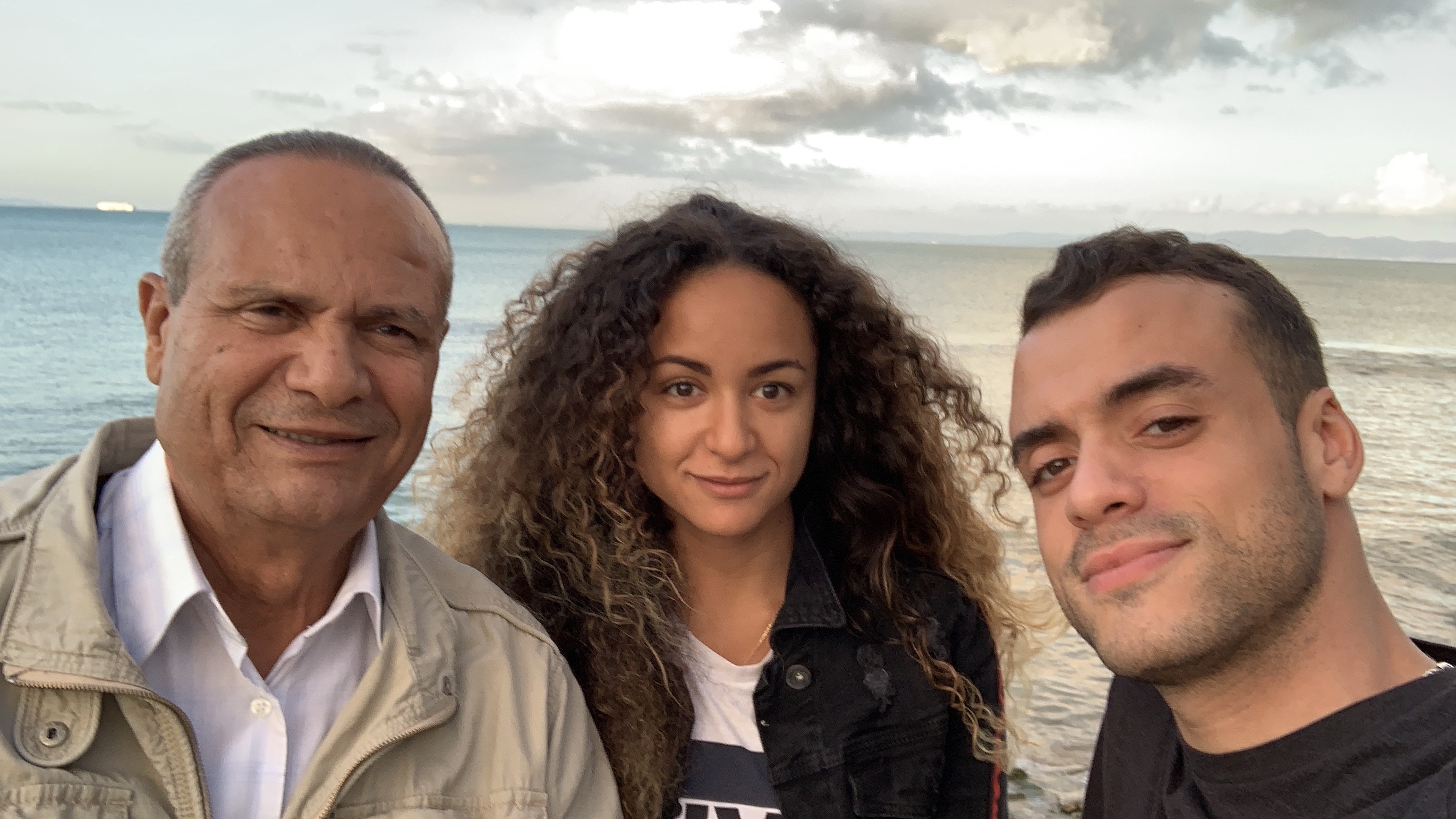
Scientists unveil iron-enriched super-rice
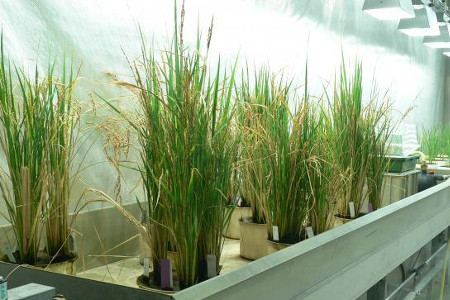
Zurich researchers have developed a variety of rice containing up to six times more iron than normal white rice grains by adding in two extra genes.
The team at the Federal Institute of Technology in Zurich hope that their rice will help combat iron deficiency – a major global health problem – in developing countries.
According to the World Health Organization, iron deficiency anaemia is one of the most important contributing factors to the global burden of disease. Pregnant women and children are particularly vulnerable.
One of the most common causes is lack of iron in the diet. Rice, a food staple for around half of the world’s population, contains iron, but mostly in the outer layers of the rice kernel. This causes a problem, said Christof Sautter, the Zurich project leader.
“In the tropical and subtropical climate the outer layers of the kernel become rancid very quickly during storage and are therefore removed by polishing. The rest of the kernel, which is eaten, contains largely starch and very little else,” he told swissinfo.ch.
Scientists have been trying to increase the iron content in the rice kernel. But traditional breeding techniques have so far not worked.
Genetic modification, using a single gene to either improve iron storage or iron transportation in the rice plant, has also been tried with unsatisfactory results. So the Zurich scientists transferred two genes.
Six-fold increase
“We combined both transport and storage improvement with the result that we can now have up to six fold more iron content in the centre of the kernel,” Sautter said.
The results of the research led by Sautter and Wilhelm Gruissem were published on July 20 in the online edition of the Plant Biology Journal.
The scientists are pleased about the new rice variety. The prototypes grown in greenhouses behave normally and show no negative effects on the environment, including the iron content of the soil, they say.
“The goal is to offer these plant lines at the end of development to small-scale farmers for free,” Sautter said. There won’t be any patent fees.
Distribution to farmers is, however, still many years away, as the prototypes are not yet suitable for agricultural development.
The next steps will need to be taken by a body such as the International Rice Research Institute in the Philippines or industry, explained Sautter.
Next steps
First the genes would have to be transferred to local varieties. “And then because it’s a genetic engineering approach, there are all the safety studies which are required for deregulation and that’s a time-consuming task. From the Golden Rice we know that it takes at least five to ten years,” he added.
Vitamin A-rich Golden Rice, announced in 2000, was developed by another Federal Institute team and Freiburg University in Germany. The first field trials started in 2004 and are ongoing.
Many countries have regulatory requirements for testing genetically modified organisms. Furthermore, some non-governmental organisations have raised concerns about the possible effects of GMOs on health and the environment.
Sautter believes that people will increasingly accept GMOs. And although the rice’s iron content is already nutritionally relevant, the team plans to increase it by 12-fold in the future, so that enough iron can be consumed in one meal.
Nutrition benefits
Those working in nutrition are aware of the benefits of biofortification – the name given to the process whereby plants are bred to have higher nutrient levels in the edible parts, either through conventional breeding and/or modern biotechnology.
Among them is the WHO, which has a programme working against iron deficiency anaemia and other micronutritional deficiencies such as vitamin A and iodine deficiency. The WHO’s Micronutrients Unit is headed by Juan Pablo Pena-Rosas.
Pena-Rosas told swissinfo.ch via email that, in theory, biofortified crops and other methods, such as industrial fortification or supplementation, would improve the micronutrient status of those suffering a nutrient deficiency.
He added that those people would need to consume enough of the foodstuff to cover the nutritional gap between their food intake and individual requirements.
“However, much more work still needs to be done before the efficacy and effectiveness of these foods, such as the Zurich rice, are proven to reduce iron deficiency and iron deficiency anaemia.”
According to WHO figures, 1.62 billion people are affected by iron deficiency anaemia worldwide, making it the most common global nutritional disorder.
The Zurich scientists hope that their rice could therefore offer a glimmer of hope in combating this far-reaching problem.
Isobel Leybold-Johnson in Zurich, swissinfo.ch
According to the WHO’s Global Burden of Disease Update 2004, at any given time more individuals have iron deficiency anaemia than any other health problem and, even in high-income countries, iron deficiency is common.
According to the WHO, 42% of pregnant women and 47% of preschool children worldwide were estimated to be anaemic in 2004. It was assumed that 60% of anaemia was due to iron deficiency in non-malaria areas and 50% in malaria areas.
In many developing countries, iron deficiency anaemia is aggravated by worm infections, malaria and other infectious diseases such as HIV and tuberculosis. Apart from diet, other causes include deficiencies of other key micronutrients such as folate, vitamin B12 and vitamin A or inherited conditions that affect red blood cells.
The major health consequences include poor pregnancy outcome, impaired physical and cognitive development, increased risk of morbidity in children and reduced work productivity in adults. Anaemia contributes to 20% of all maternal deaths.
The World Health Organization supports a three-pronged approach to the problem: increasing iron intake; control of infection, and improvement of nutritional status.
Sources: WHO, Juan Pablo Pena-Rosas
Rice is the seed of the monocot plant Oryza sativa, of the grass family (Poaceae). It is the second most produced cereal in the world after maize and is eaten as a staple by around half of the world’s population, including in many developing countries.
Production is concentrated in Western and Eastern Asia. China and India supply over half of the world’s rice. Brazil is the most important non-Asian producer, followed by the United States. Italy ranks first in Europe.
Per capita rice consumption worldwide is set to remain at around 57kg in 2009, according to the latest figures released by the Food and Agricultural Organisation of the United Nations.
(FAO, UNCTAD)

In compliance with the JTI standards
More: SWI swissinfo.ch certified by the Journalism Trust Initiative





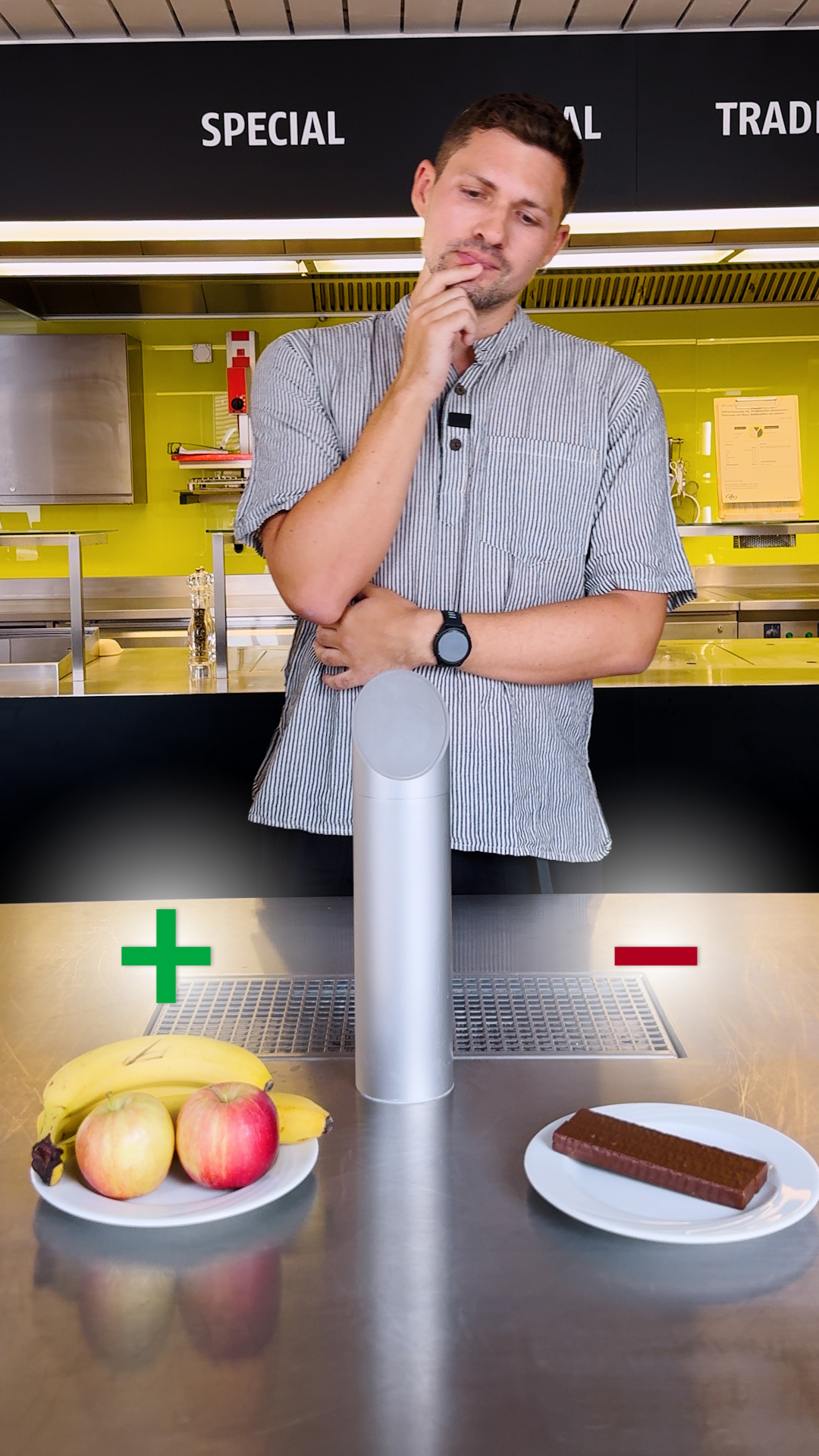






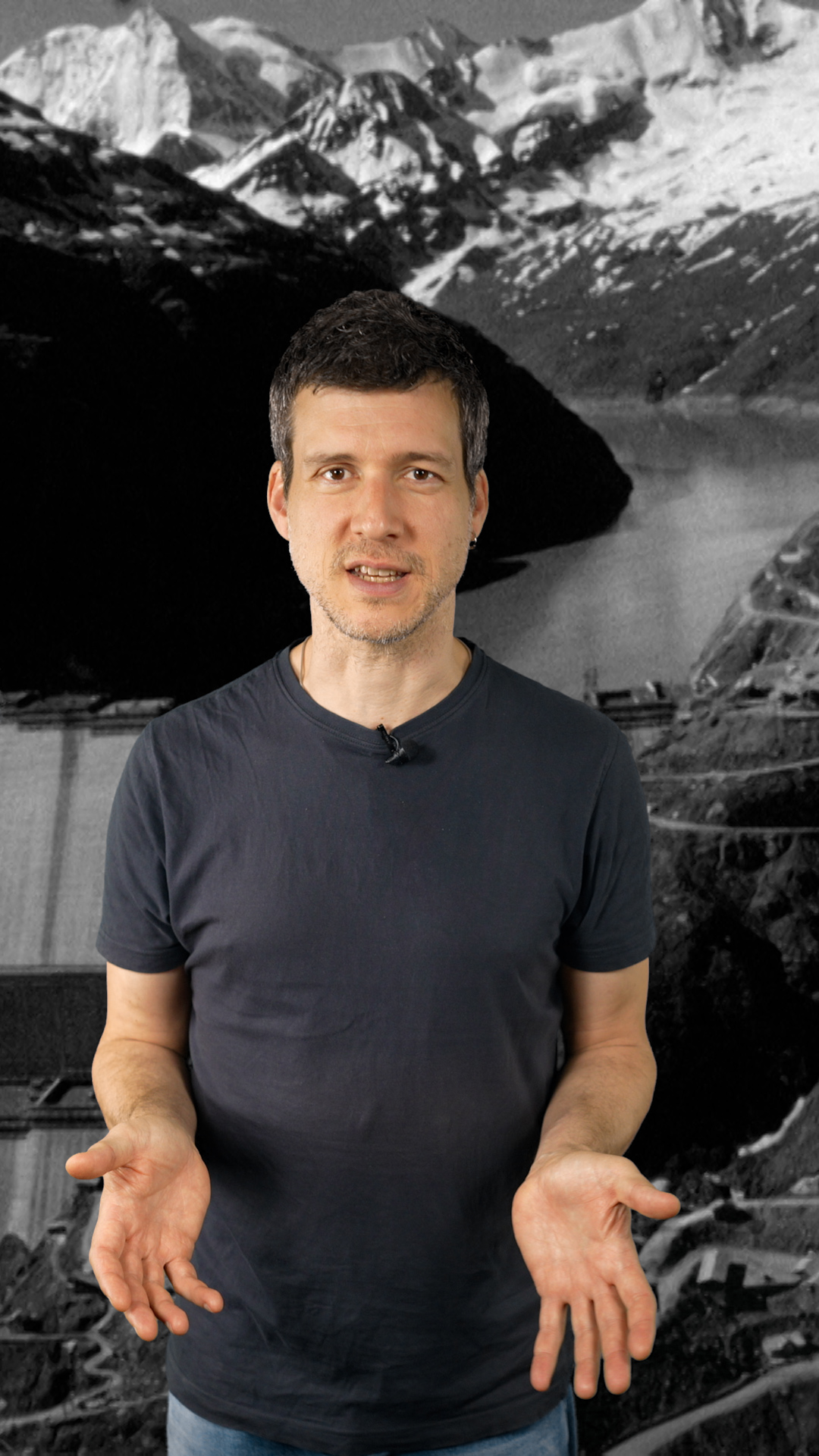


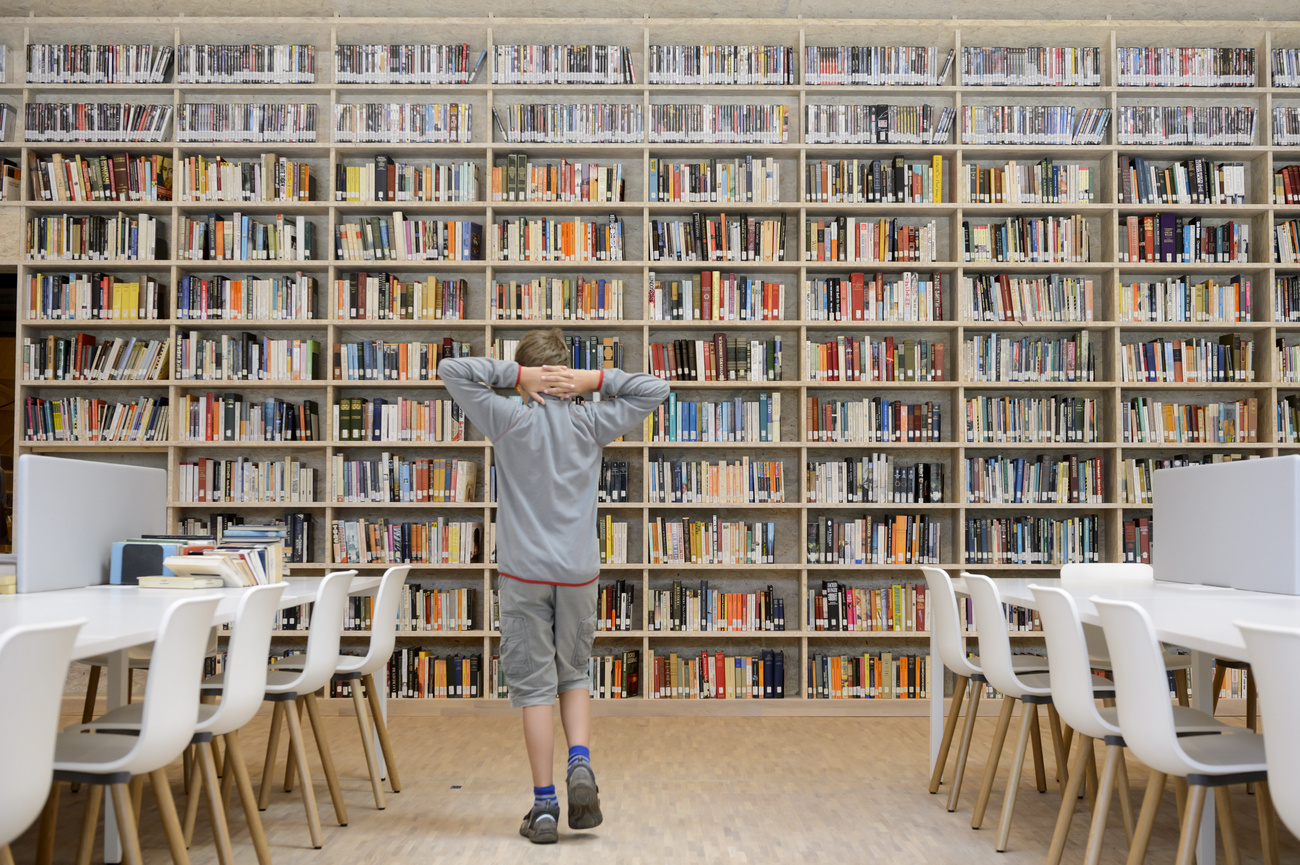






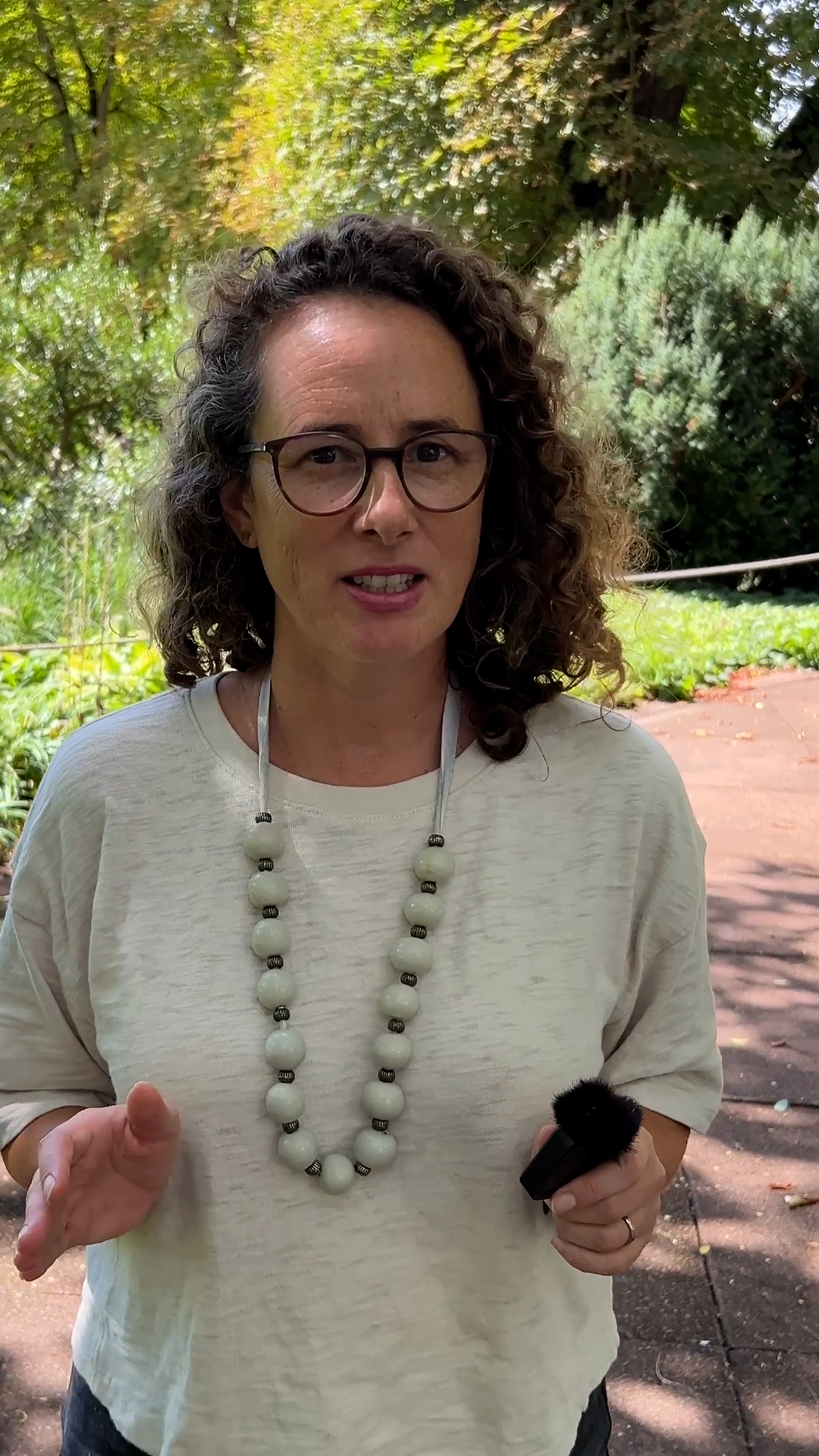









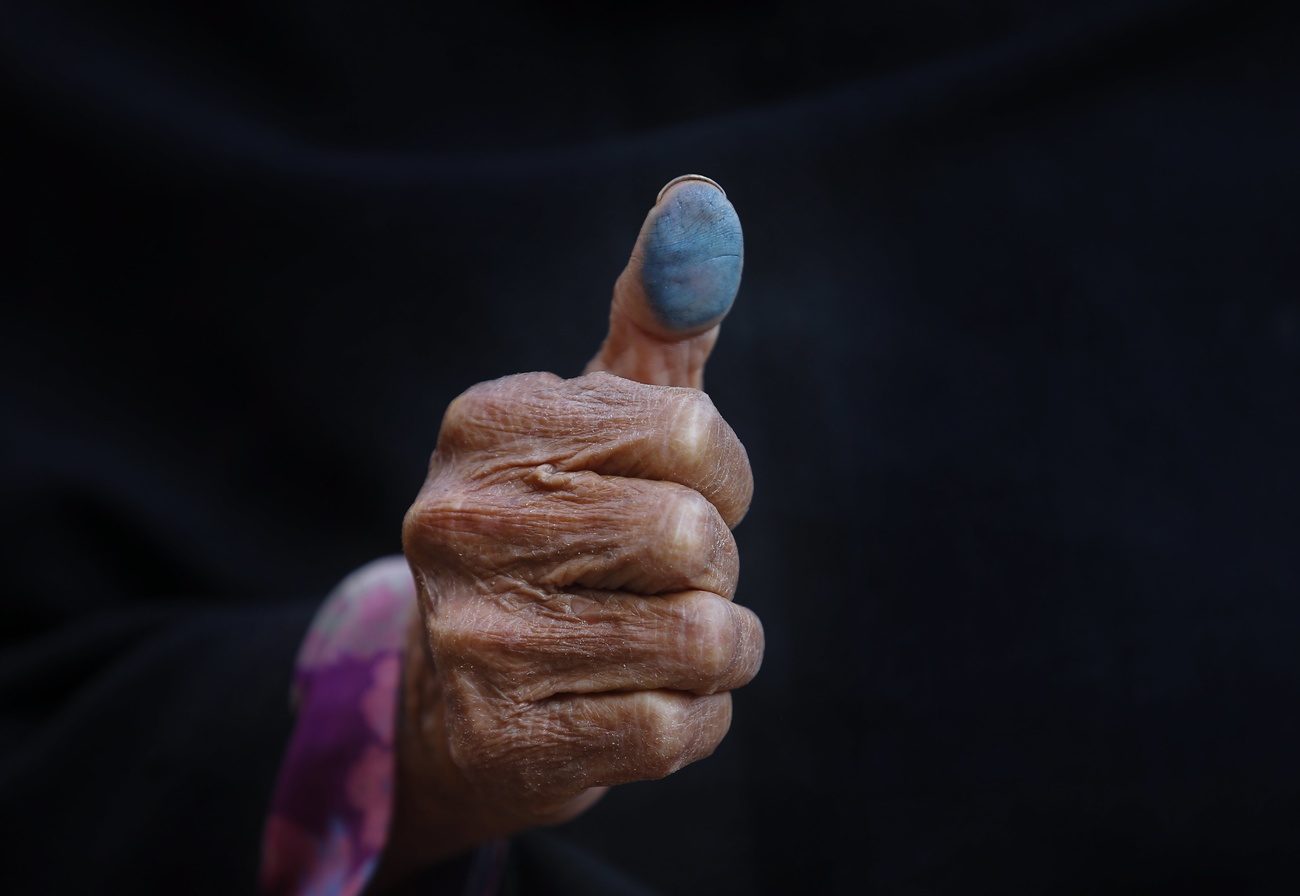

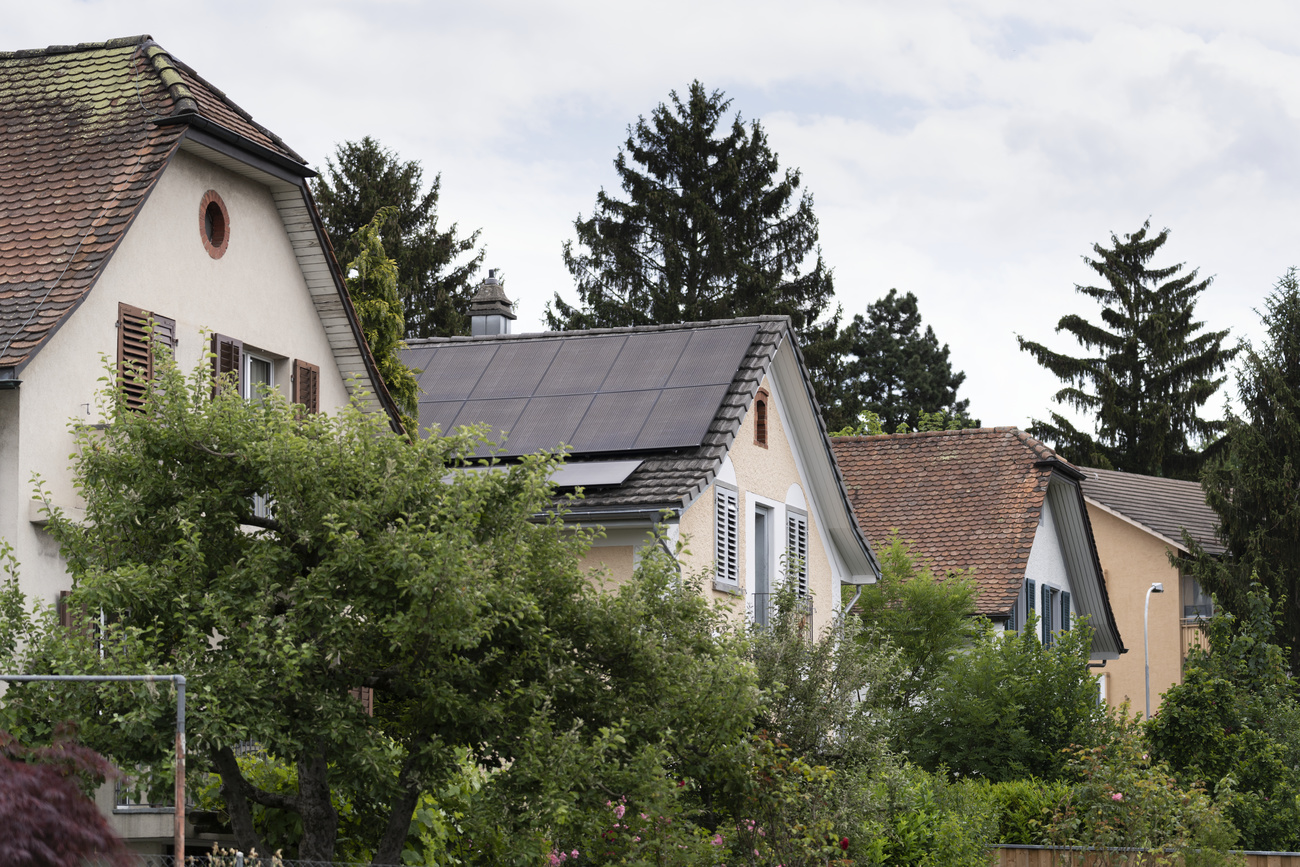








You can find an overview of ongoing debates with our journalists here . Please join us!
If you want to start a conversation about a topic raised in this article or want to report factual errors, email us at english@swissinfo.ch.